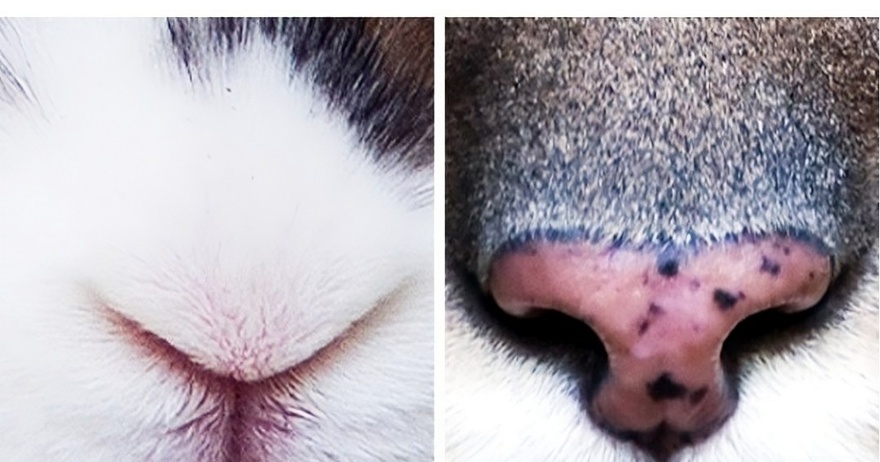Animals are incredibly fascinating, each with its own unique characteristics. We often recognize them by their size, color, or striking features like eyes and fur. But here’s a question: could you identify an animal by just its nose? It might sound simple, but it’s trickier than you think! In this article, we’ll take a closer look at some of the world’s most interesting animal noses. Ready to test your skills? Let’s dive into this fun and engaging animal nose challenge!
Animals are incredibly fascinating, each with its own unique characteristics. We often recognize them by their size, color, or striking features like eyes and fur. But here’s a question: could you identify an animal by just its nose? It might sound simple, but it’s trickier than you think! In this article, we’ll take a closer look at some of the world’s most interesting animal noses. Ready to test your skills? Let’s dive into this fun and engaging animal nose challenge!
Why Animal Noses Matter
Noses are more than just sniffing tools; they serve as essential survival features. In the animal kingdom, noses vary widely in shape, size, and function. They help animals detect food, identify potential dangers, and even communicate. So, can you guess the animal just by observing its nose? Let’s find out!
How Well Do You Know Animal Noses?
Most of us are used to identifying animals by looking at their faces, body shapes, or behaviors. But focusing only on their noses is a different kind of challenge! From broad snouts to tiny twitching noses, each one has a story to tell. Here’s a lineup of noses from animals around the world—see if you can identify the animal from its nose alone.
1. Lion, Puma, or House Cat?
2. Beaver, Chinchilla, or Capybara?
This small, rounded nose is found on a creature with coarse, brown fur, and it loves being around water.
Answer: Capybara. The capybara, the largest rodent in the world, has a small nose perfectly suited for its semi-aquatic lifestyle. These animals often stay near water in South America, using their noses to detect scents both above and below the surface.
Blake Shelton Reveals the ‘Key to Happiness’ with Gwen Stefani After 10 Years Together
76-year-old man, paralyzed from polio at 6, was one of the last people with an iron lung: ‘My life is incredible’
The unbelievable story of Amanda Scarpinati moves me to tears
The husband spent a week on the coast with an “acquaintance,” and when he came back, he was stunned by what he saw.






























